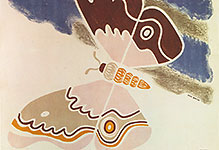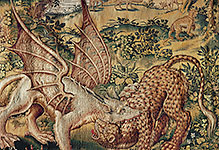
#03030140
Cup,Mesopotamian, late Prehistoric period, 3.400 to 3200 BCE.he cup is carved on...

#03030141
Stone cult vessel,from Mesopotamia, 3400-3200 BCE. This was the time when large...

#03030150
Lion's head from the temple of Ninhursag, a mother goddess "lady of the steppe...

#03030151
Stone mace head, possibly from Tello (ancient Girsu), southern Iraq, Kingdom of...

#03030157
Silver tetradrachm of Artaxerxes III, Achaemenid Persian Empire, Memphis, 343 BC...

#03030170
"The Dying Lion", a stone panel from Ninveh, northern Iraq, Neo-Assyrian, 645 BC...

#030302 1
Terracotta head of a ewe, Late Prehistoric period, 3.300-3000 BCE. Sheep played...

#030302 4
The Sargon Vase from Nimrud, northern Iraq. Neo-Assyrian, 8th century BCE. A cu...

#030302 9
Bronze statuette of a rider, Achaemenid, 5th-4th century BCE, a rare representat...

#03030210
Ivory cosmetic box in the shape of a fish, Canaanite, from Tell es-Sa'idiyeh, Jo...

#03030211
Stone bowl from Khafajeh, Iraq, Early Dynastic period, c2600-c2400 BC. The carvi...

#03030218
Blue goat Approximately 8th century BCE; Tell Ahmar Element of a decorative fi...






